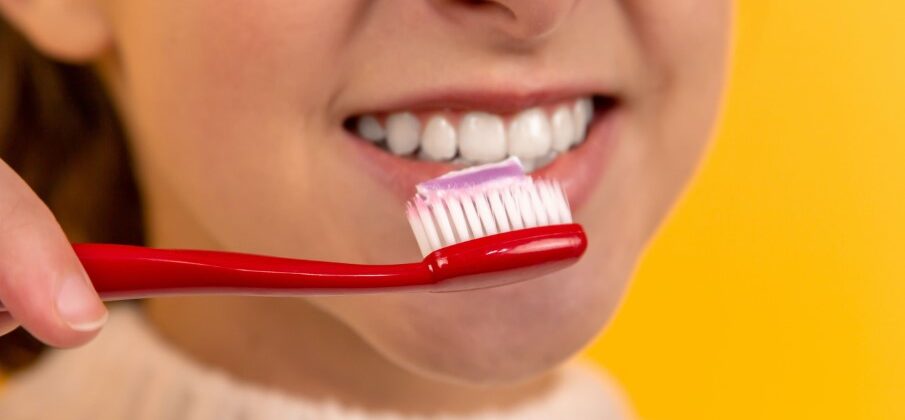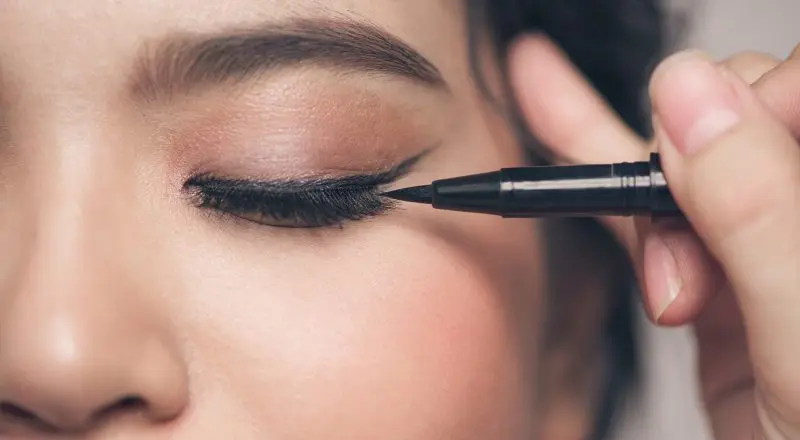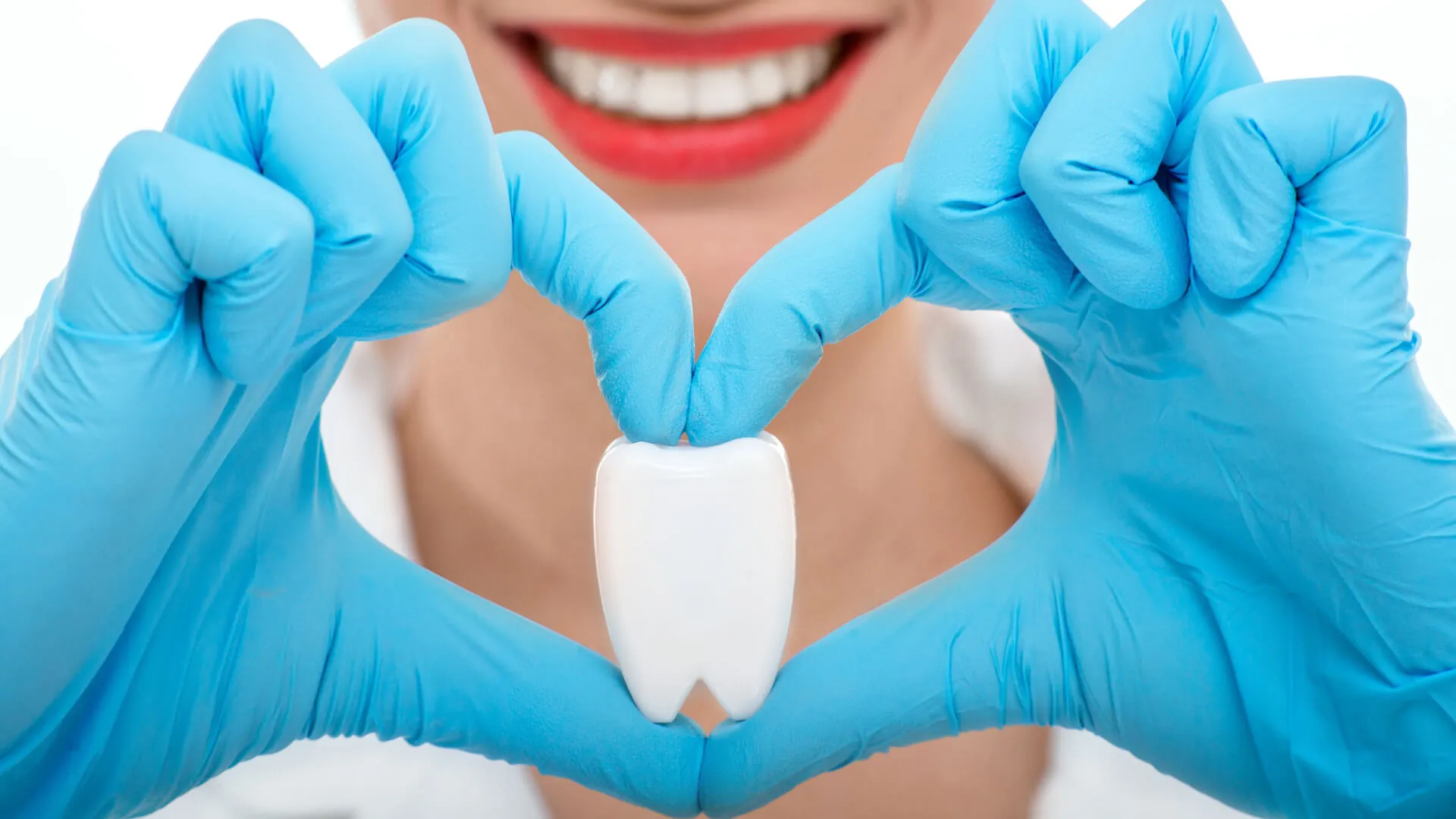
Dental and oral hygiene are important facets of overall well-being but are often downplayed in the broader topic of healthcare. According to who.int, around 3.5 billion people are affected by oral diseases such as dental cavities, tooth loss, and mouth cancers. In some cases, dental neglect can also impair speech, affect the ability to eat, and cause chronic pain in the mouth.
Additionally, having poor dental and oral health can significantly impact a person’s self-confidence and physical appearance, which leads to an overall poor quality of life.
In line with this, the World Health Organization (WHO) cites that one of the leading reasons for neglected dental and oral hygiene is the inaccessibility of relevant health services, which are fewer and often more expensive than regular medical care. While it is important to regularly check in with a dental expert, there are simple habits you can adopt to improve your dental and oral health within the comfort of your own home. Here, we detail some of the best and most accessible strategies to help keep your teeth and mouth healthy.
1. Brush Your Teeth at Least Twice a Day
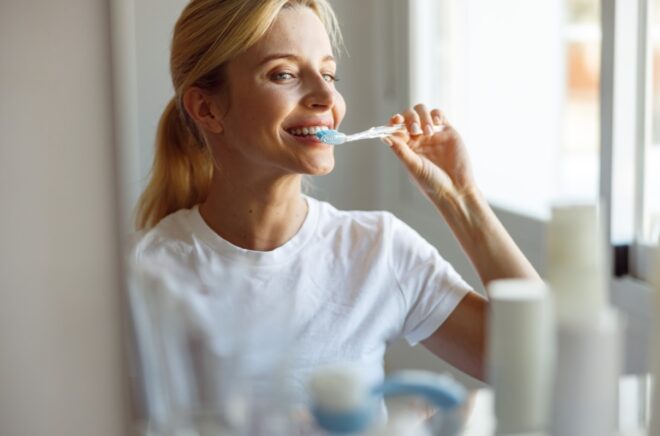
The American Dental Association (ADA) recommends brushing your teeth twice a day to get rid of food and bacteria build-up and prevent plaque, which could lead to cavities or gingivitis. Moreover, it’s essential to brush for a minimum of two minutes each time and to use a toothbrush with soft bristles to reduce the risk of gum abrasion.
You should also use the right toothpaste—fluoride-based ones from Colgate and Sensodyne are some of the most popular on the market since they prevent plaque production and protect against cavities. However, as we’ve discussed before, active charcoal toothpaste from brands such as Twin Lotus, Lucky Teeth, and Ecologic are also some great options. Charcoal-based toothpaste helps eliminate bacteria, removes plaque, and can also help whiten your teeth for a brighter smile.
2. Make Flossing Part of Your Routine
It’s also important to include flossing in your routine. Flossing uses a thin, soft thread to remove food particles and plaque build-up in the hard-to-reach areas of your mouth. This includes places like the space between teeth and along the gum line. Flossing not only prevents the spread of bacteria but also prevents bad breath that comes from buildup.
Some of the best floss brands include Oral-B and Cocolab, which are accessible in supermarkets and online retailers. If you want a more thorough cleaning, you can also get water flossers from brands like Waterpik and Philips to use water pressure to clean your mouth further.
3. Pay Attention to Your Tongue

Besides your teeth and gums, your tongue also needs regular cleaning. While gently brushing over the muscle cleans it, Healthline recommends using a tongue scraper to remove bacteria and dead skin cells from the surface. A tongue scraper is usually made of stainless steel and comes in a narrow U-shape that you use to glide across your tongue to clean it thoroughly.
Tongue scraping is usually done to complement toothbrushing, and it’s an important step to ensure overall oral cleanliness. Surprisingly, cleaning your tongue also improves your sense of taste, as it’s not hindered by dead skin and bacteria build-up, which can lead to more satisfying mealtimes.
4. Use Antibacterial Mouthwash
After you’ve flossed, brushed your teeth, and scraped your tongue, sciencedirect.com suggests you also use antibacterial mouthwash to rinse your mouth. Most commercially available mouthwashes are designed to reduce plaque and fight against gum disease by clearing the mouth of germs. However, there are also specific mouthwashes made to combat specific bacterial infections, and these can be prescribed by a dentist if needed.
Some leading mouthwash brands you can get include Listerine and TheraBreath. The latter is specifically designed to combat bad breath and protect the gums, which may be beneficial if those are your primary dental concerns.
5. Stop Smoking Cigarettes
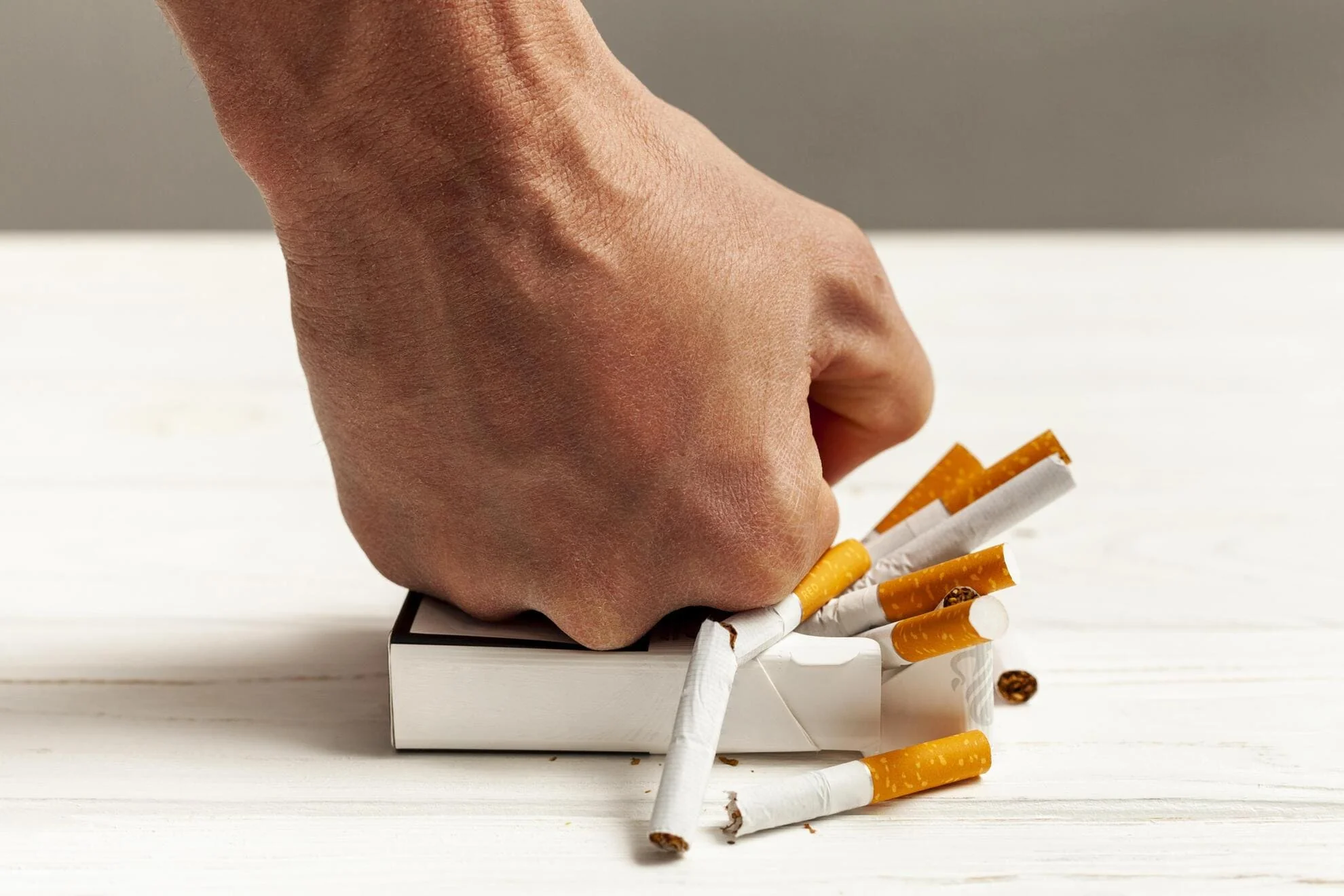
Smoking tobacco products greatly impacts oral health, as it stains the teeth, promotes gum disease and tooth decay, and may lead to oral cancer. Fortunately, there are alternatives you can use to curb the effects of cigarettes. As seen in the tobacco-free nicotine pouches on prilla.com, these are a popular option since they are entirely smokeless, convenient to use, and easily ordered online. Nicotine pouches from leading brands ZYN and VELO also come in different flavor profiles, such as coffee, citrus, mint, and cinnamon, for a refreshing taste that prevents bad breath. Because the pouches are not made with tobacco, they won’t stain the teeth. These pouches are available in varying nicotine strengths to help ease your transition from cigarette smoking.
Another great alternative to tobacco cigarettes is nicotine lozenges, which ncbi.gov, shows to be favored by dental practitioners involved in a study. These are also tobacco- and smoke-free, decreasing the possibility of developing discolored teeth and tooth decay. Brands like Equate and Nicorette also offer a wide range of flavors, such as peppermint, cherry, and cinnamon, that create a refreshing sensation that helps curb cravings.
6. Decrease Intake of Sugary and Acidic Foods
Consuming sugary foods frequently and in great quantities significantly damages your dental health. Over time, sugar breaks down the enamel that protects your teeth against physical, chemical, and thermal forces that lead to tooth decay. This includes food like carbonated drinks, candies, and sweets.
Similarly, foods that are acidic in nature also affect your teeth similarly and cause discoloration. Such is the case with citrus fruits like oranges and grapefruits and drinks like coffee, which are known to be acidic and may weaken the teeth. Consuming sugary and acidic foods is not inherently bad, but it would be good to regulate your intake of these to safeguard your teeth’s health and prevent the development of cavities.
7. Eat More Crunchy Produce
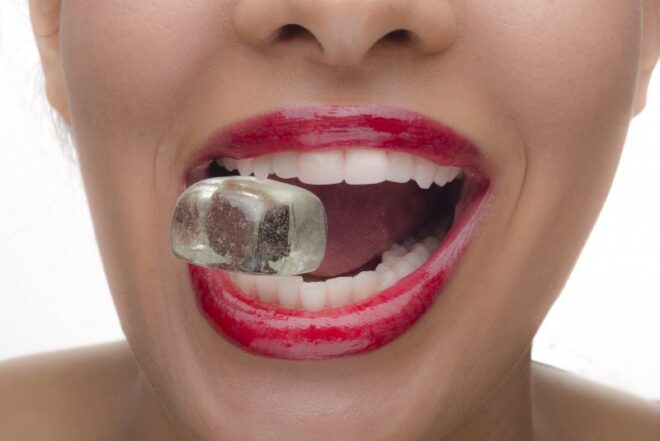
Crunchy foods are more difficult to chew and require your teeth to work through them properly to be digested. As a result, they get their own “workout” that helps naturally clean away plaque and bacteria that can be found in your teeth and around the mouth.
Some great crunchy options that are also low in sugars and acids include raw vegetables like carrots, celery, bell peppers, and broccoli. These are also packed with fiber to support your metabolism and encourage the flow of saliva, which is part of your mouth’s natural defense against bacteria build-up. Since they take longer to chew and digest, crunchy foods also help satiate any cravings for sugary or acidic foods.
Caring for your dental and oral hygiene may seem like a tedious process. As it stands, it is important to maintain a good routine and develop healthy habits to prevent the development of diseases and conditions that can impact your overall well-being.
For more of the latest beauty news and tips, please visit our website beautifieddesigns.com.
Trending Now

I’m Anita Kantar, a seasoned content editor at Beautified Designs, where I meticulously align every piece with our goals. Joining this team marked a significant milestone in my career journey. Beyond work, you’ll find me immersing myself in literature, cherishing moments with loved ones, and indulging in lifestyle, travel, and culinary adventures. Oh, and I have an undying love for fashion and makeup, too!
